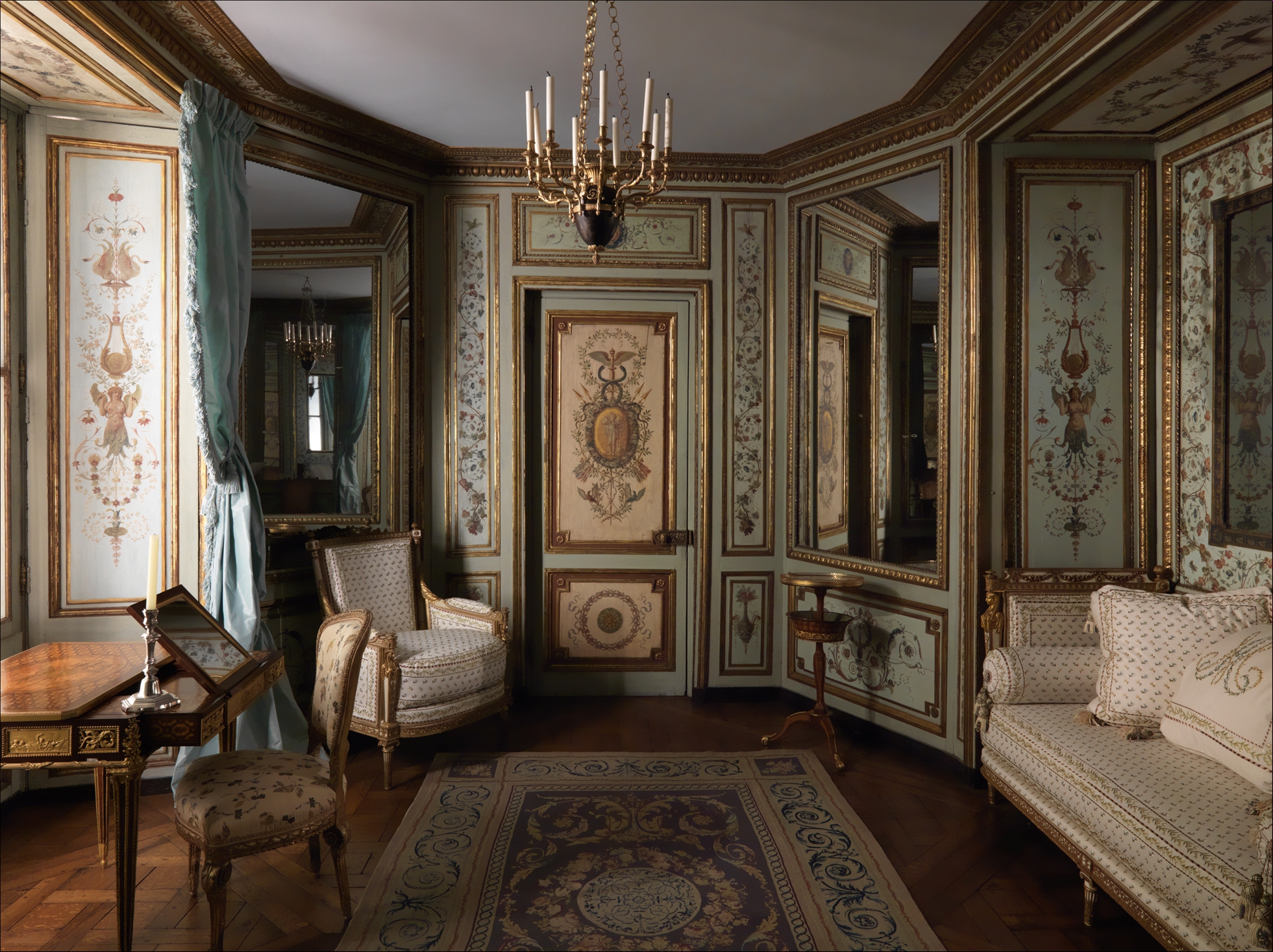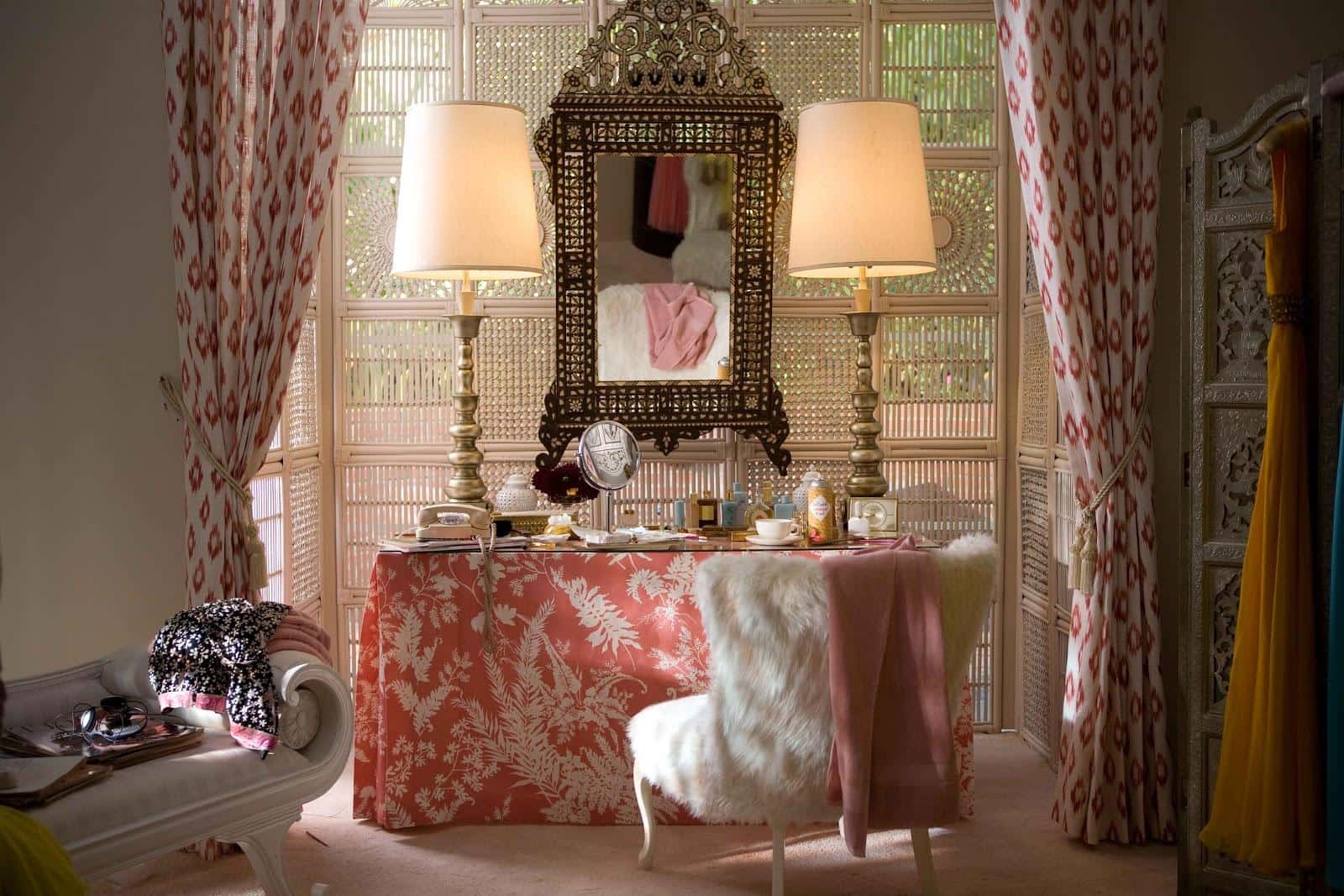
The History Of French Room Naming
Room names can often provide a glimpse into the history and culture of a particular country. In the case of France, the tradition of naming rooms in a house or building has a long and fascinating history. From the opulent boudoirs of the French nobility to the elegant salons of the bourgeoisie, French room naming reflects the social and cultural changes that have shaped the country over the centuries. This article explores the history of French room naming, from its origins in the Middle Ages to its continued influence on contemporary interior design.
The Origins of French Room Naming
The practice of naming rooms in France can be traced back to the Middle Ages, when castles and large estates were divided into distinct areas, each with its own specific purpose. These early room names were primarily descriptive, often indicating the function or location of the room within the building. For example, a "salle" referred to a large hall used for dining and entertainment, while a "chambre" denoted a bedroom. These basic room names formed the foundation of the French room naming tradition.

The Influence of the French Nobility
During the Renaissance and Baroque periods, the French nobility began to embrace a more luxurious and opulent lifestyle. This newfound extravagance was reflected in the way rooms were named. The boudoir, which originated in the 18th century, was a private sitting room used by the lady of the house for dressing and receiving intimate guests. The name "boudoir" is derived from the French verb "bouder," which means to pout or sulk. This suggests that the boudoir was originally a place where the lady of the house could retreat to when she was feeling moody or contemplative.
Another room that gained popularity during this period was the "cabinet de curiosités" or "cabinet of curiosities." These rooms were dedicated to the display of rare and exotic objects, such as natural specimens, scientific instruments, and works of art. The cabinets were often filled with curiosities collected by the owner during their travels, serving as a testament to their wealth and cultural sophistication.

The Rise of the Salon Culture
In the 17th and 18th centuries, a new type of room emerged in France: the salon. Salons were elegant drawing rooms where the social elite gathered to engage in intellectual and cultural pursuits. These rooms were often decorated with fine art, luxurious furniture, and elaborate mirrors, creating a sophisticated and inviting atmosphere.
Salons played a crucial role in the dissemination of ideas and the development of French culture. They served as meeting places for writers, artists, philosophers, and politicians, who would engage in lively discussions and debates. The famous salons of Madame de Pompadour and Madame de Staël were renowned for their intellectual rigor and influential guests.
The Influence of the French Revolution
The French Revolution of 1789 had a profound impact on French society and room naming was not exempt from these changes. The revolutionaries sought to eradicate the remnants of the monarchy and the aristocracy, including the opulent room names associated with the nobility.
As a result, room names became more utilitarian and functional during the revolutionary period. The grand salons were replaced with simpler, more egalitarian names such as "salle à manger" (dining room) and "salon de réception" (reception room). These new names reflected the ideals of the revolution, emphasizing equality and practicality over luxury and extravagance.

The Influence of Haussmannization
In the mid-19th century, Paris underwent a massive transformation under the direction of Georges-Eugene Haussmann. The aim of this ambitious urban renewal project, known as Haussmannization, was to modernize the city and create a more efficient and hygienic urban environment.
As part of this project, many old buildings were demolished and replaced with new, spacious apartments. These apartments were designed with a specific room layout, which included rooms with distinct functions and purposes. The new room names reflected this functional approach to design, with names such as "chambre à coucher" (bedroom), "cuisine" (kitchen), and "salon" (living room) becoming commonplace.
The Influence of French Room Naming Today
The tradition of French room naming continues to influence contemporary interior design. Many homeowners and designers still incorporate French room names into their projects as a way to create a sense of elegance and sophistication. Names like "salle de bain" (bathroom), "bibliothèque" (library), and "salle de jeux" (game room) evoke a certain charm and evoke the rich history and culture of France.
Additionally, the influence of French room naming can be seen in the names of various establishments, such as hotels, restaurants, and even beauty salons. These names are often chosen to create a certain ambiance or evoke a specific theme, drawing on the associations and connotations of French room names.
Conclusion
The history of French room naming is a reflection of the social and cultural changes that have shaped France over the centuries. From the descriptive room names of the Middle Ages to the opulent boudoirs of the French nobility and the intellectual salons of the Enlightenment, French room naming has evolved and adapted to reflect the values and preferences of each era. Today, this tradition continues to influence interior design and adds a touch of elegance and sophistication to homes and establishments around the world.